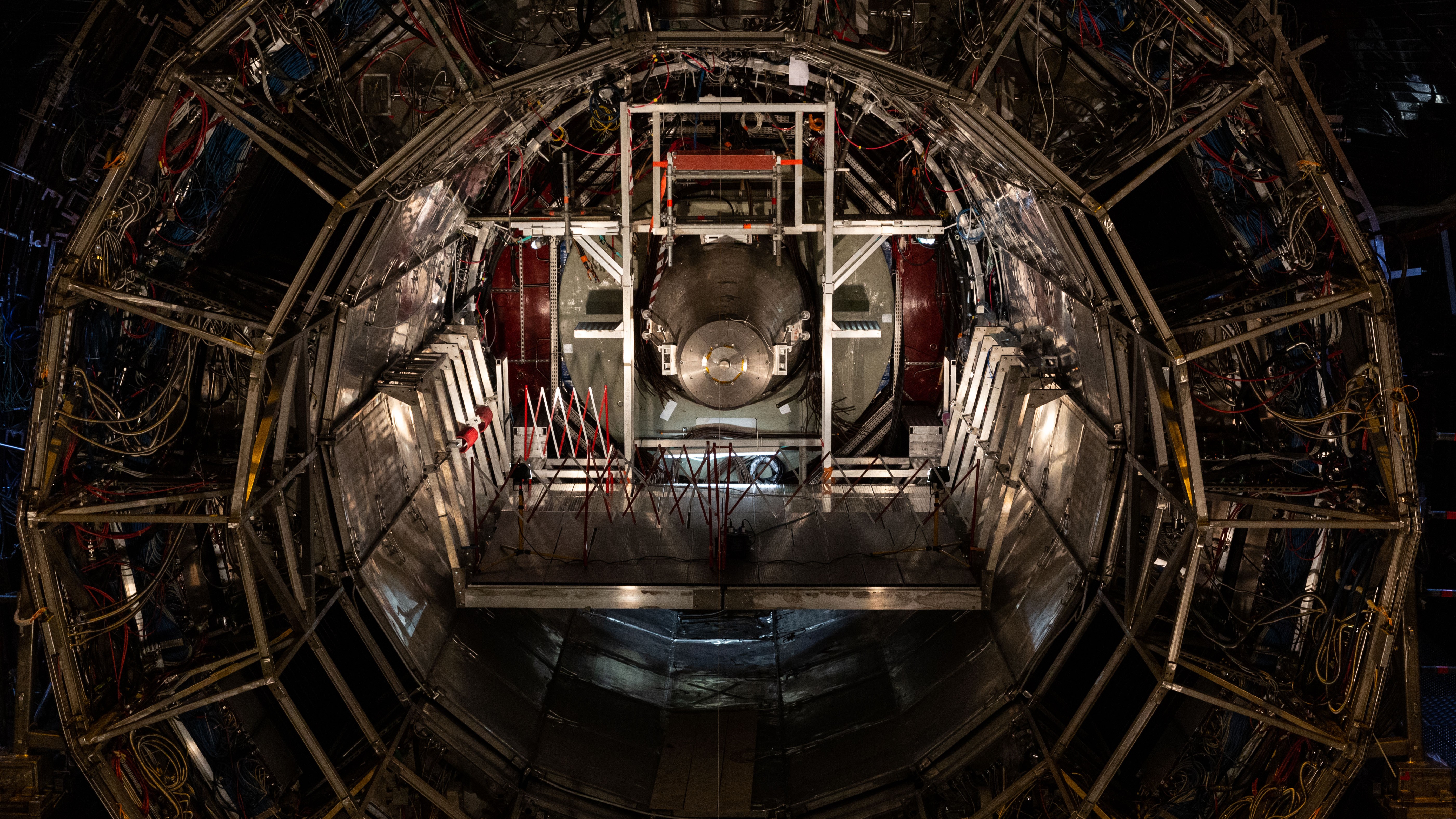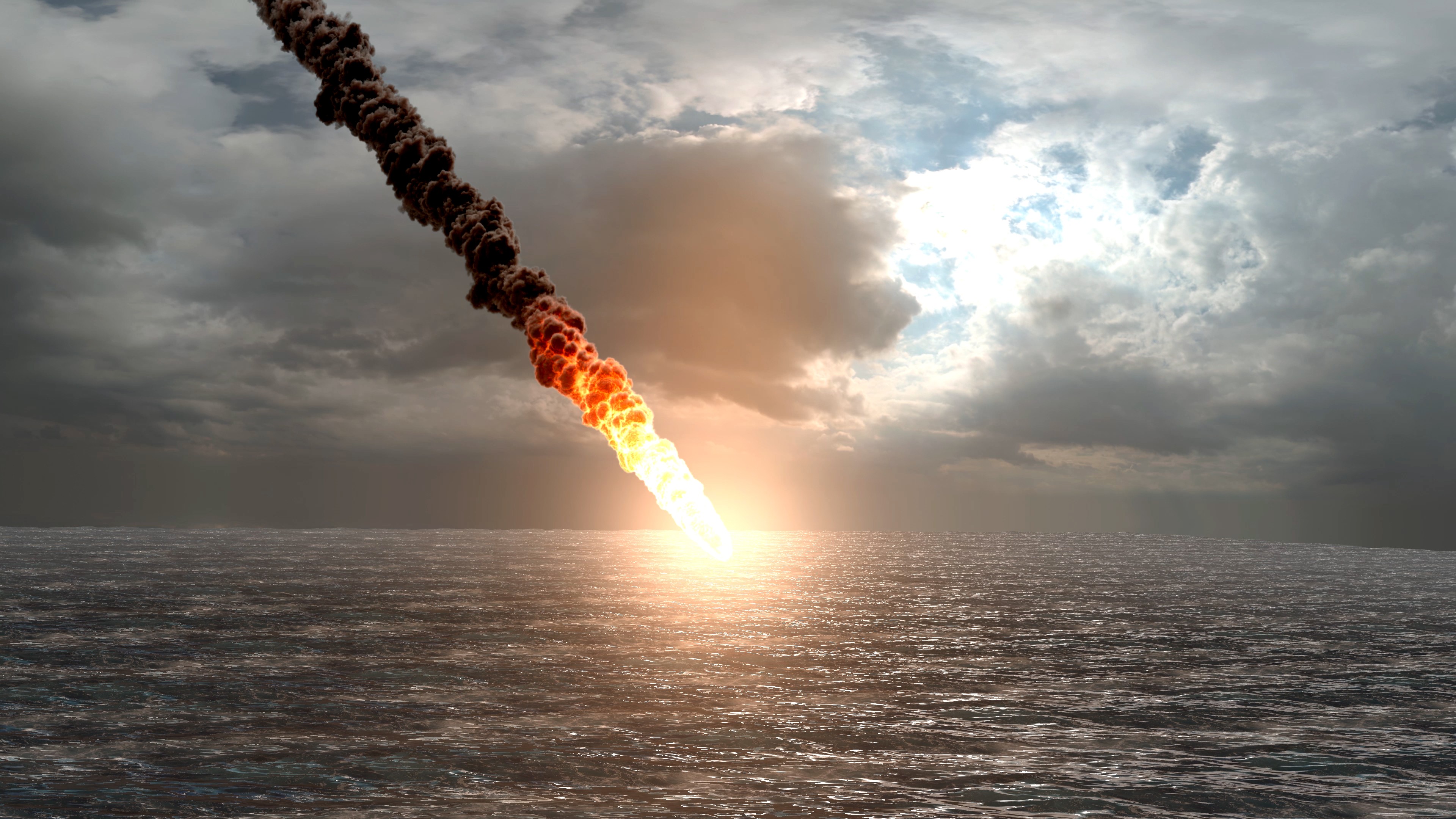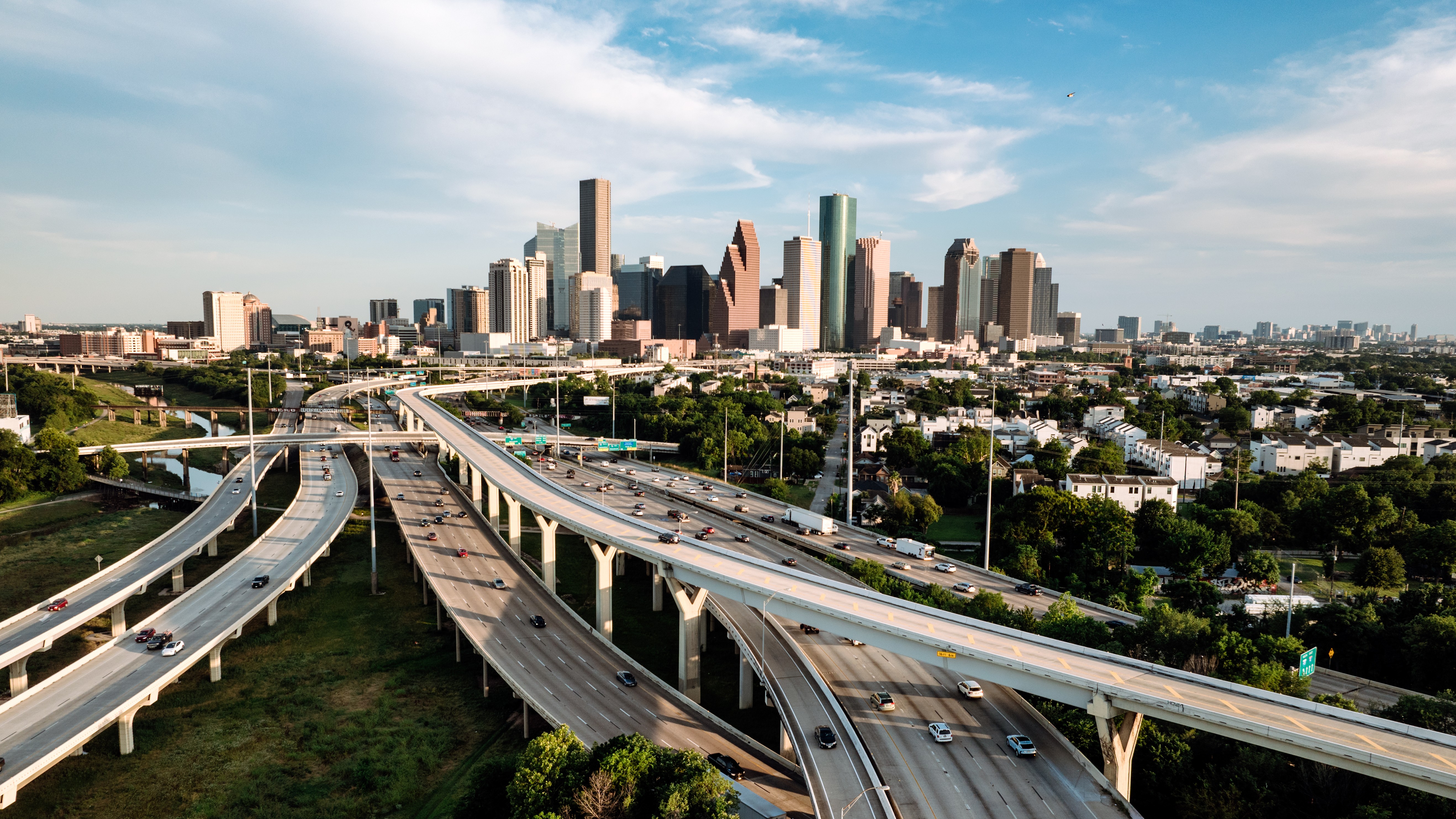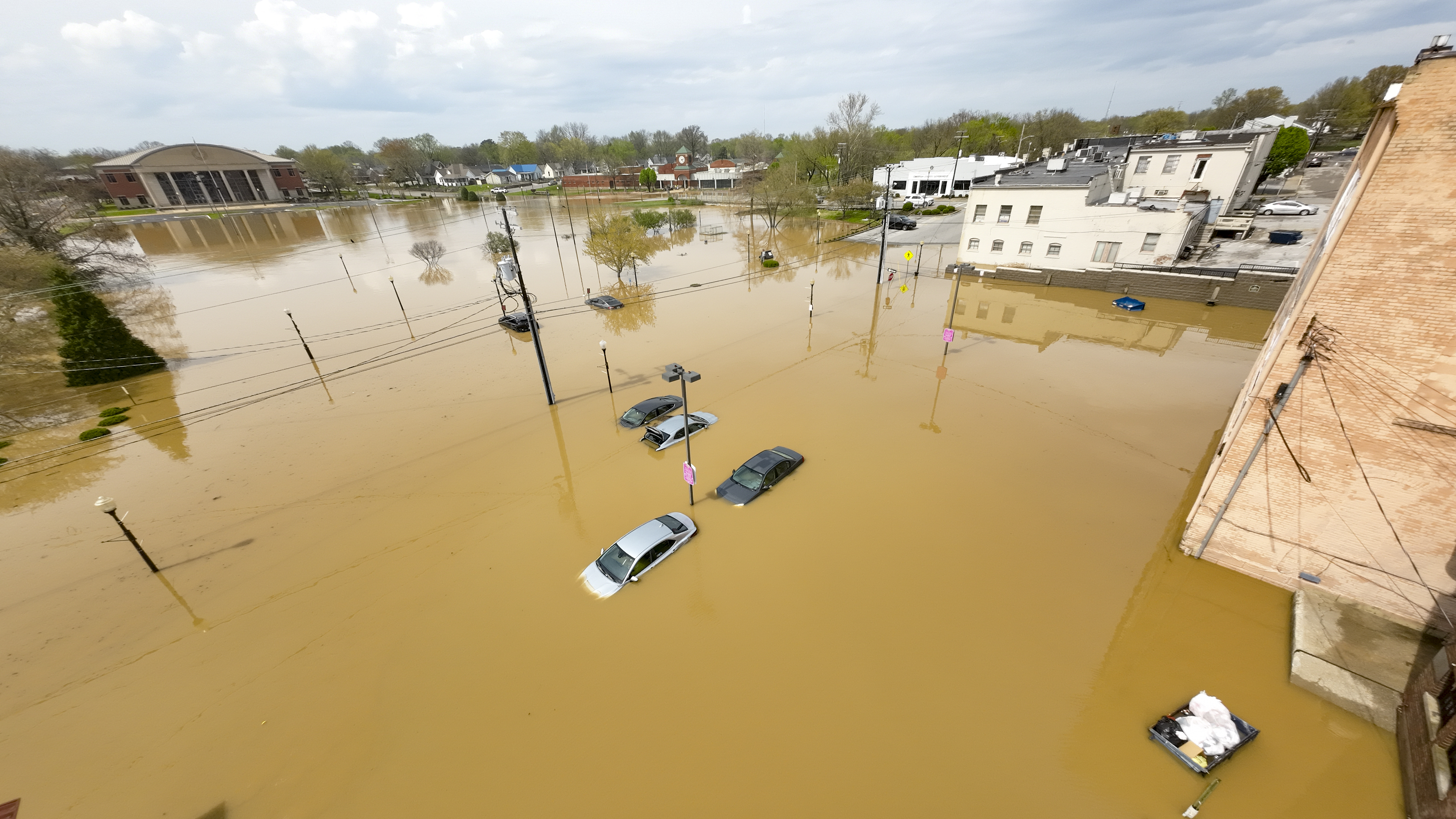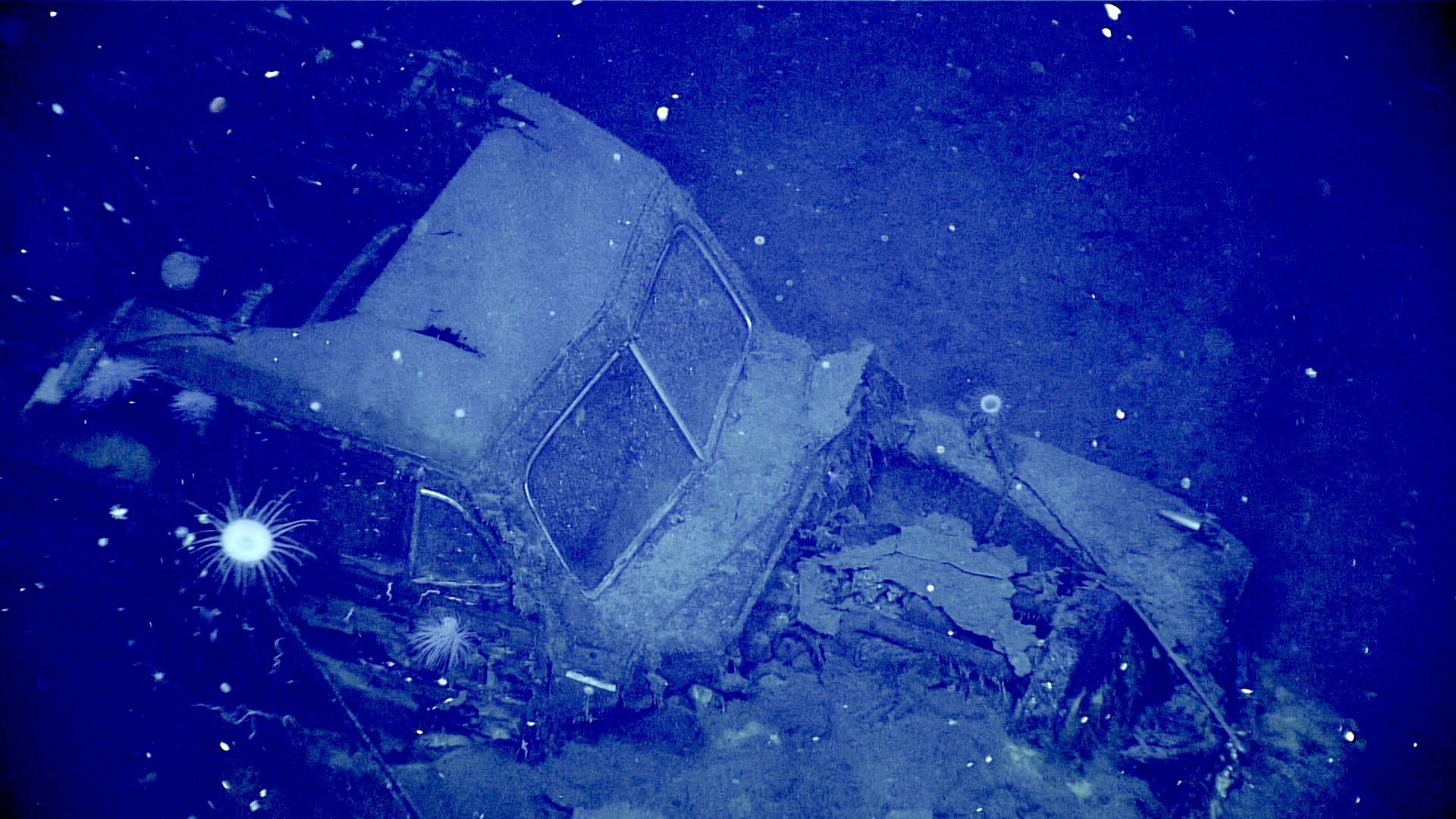Eve of Destruction: Doomsday Clock Hovers at 2 Minutes to 'Midnight'
Updated at 11:50 a.m. ET
Humanity might be running out of time to turn away from a path toward our utter annihilation — at least, according to the hypothetical Doomsday Clock.
Today (Jan. 24), experts with the Bulletin of the Atomic Scientists (BAS) updated the imaginary timepiece, which measures the proximity of humanity's destruction based on the position of the clock's hands relative to midnight — the hour of the impending apocalypse.
Last year the Doomsday Clock's hands were set at 2 minutes to midnight, the closest it had ever been to "doomsday." And, citing similar risks of humanity's destruction, BAS representatives announced today that the clock will remain at 2 minutes to midnight. [Doomsdays: Top 9 Real Ways the World Could End]
But even though the clock's hands haven't moved, the proliferation of nuclear weapons and the relentless progress of climate change — aided by widespread misinformation and fake news — are still a cause for grave concern, BAS representatives declared at a press event held this morning.
"Though unchanged from 2018, this setting should be taken not as a sign of stability but as a stark warning to leaders and citizens around the world," Rachel Bronson, BAS president and CEO, said in a statement.
"The new abnormal"
Twice a year, BAS scientists and policy experts convene to evaluate the year's events on the global stage, to decide which direction the hands of the Doomsday Clock should move (or if they should move at all).
Sign up for the Live Science daily newsletter now
Get the world’s most fascinating discoveries delivered straight to your inbox.
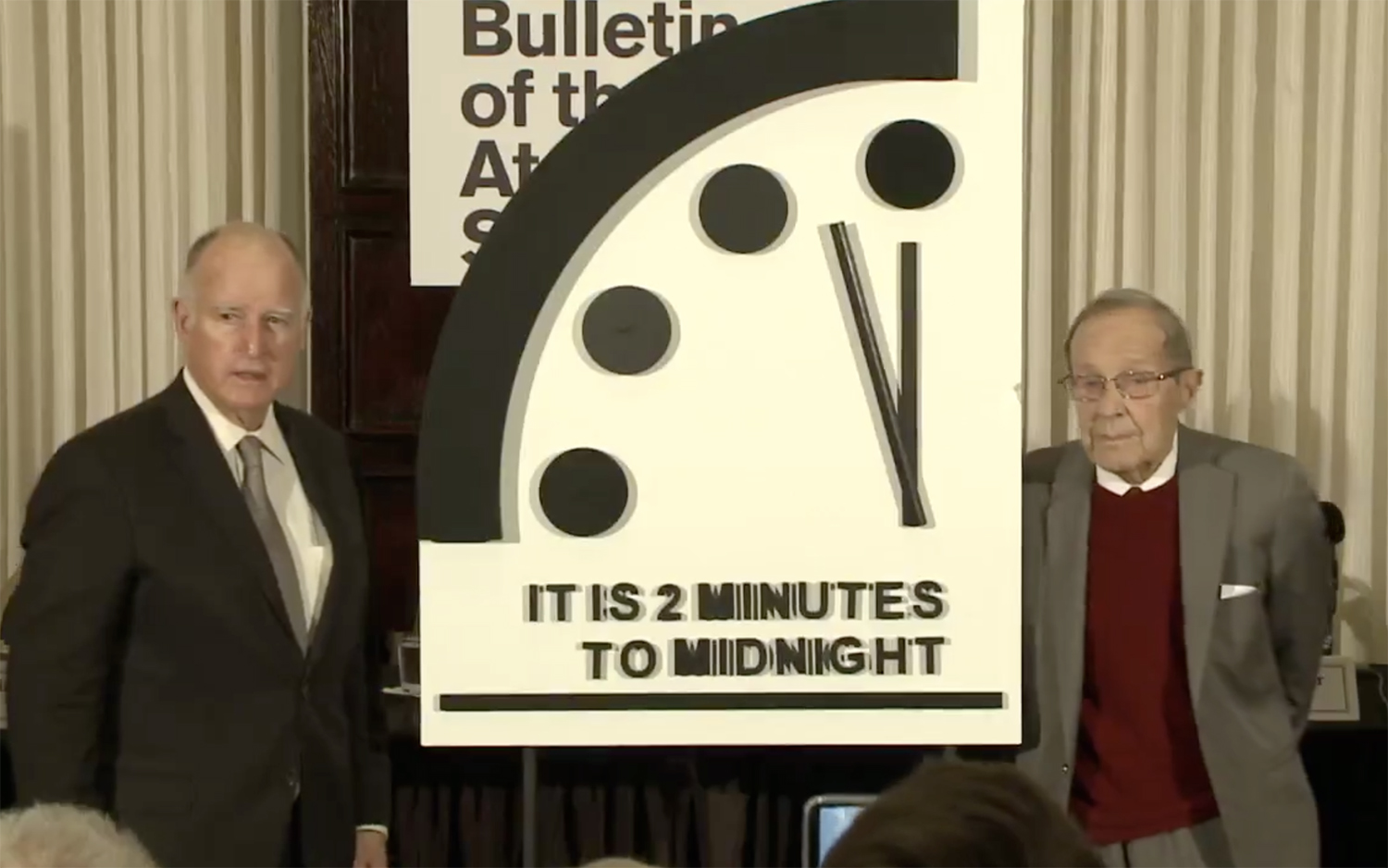
In 2018, they found that the twin threats of looming nuclear war and a warming world continued to push the planet toward destruction. Together, these threats have shaped a dangerous and unsustainable status quo that BAS experts dubbed "the new abnormal," Bronson told reporters following the announcement.
"The longer world leaders and citizens thoughtlessly inhabit this abnormal reality, the more likely it is that we will experience the unthinkable," former California Gov. Jerry Brown, BAS executive chair, said in the statement.
Rhetoric and posturing between the U.S. and North Korea over nuclear arsenals has eased since 2017, but overall reliance on nuclear weapons has risen around the world, and a "Cold War mindset" threatens to undo decades of work to mitigate the risk of nuclear war, Sharon Squassoni, a member of the BAS Science and Security Board and a professor with the Institute for International Science and Technology Policy at The George Washington University, said at the press event.
What's more, relations between the U.S. and Russia — the countries holding 90 percent of the world's nuclear weapons — remain tense, raising the possibility of nuclear conflict, Squassoni added.
"Deeply alarming"
As for climate change, developments over the past year have been "deeply alarming," BAS board member Susan Solomon, a professor of Environmental Studies at the Massachusetts Institute of Technology, said at the event.
For the U.S. in particular, failing to curb carbon emissions and pouring resources into bolstering infrastructure that relies on fossil fuels is an act of "gross negligence," Solomon said.
Solomon's words shouldn't come as a surprise. Throughout 2018, reports describing the devastating impacts of climate change and the dangers of failing to reduce greenhouse gas emissions, have accumulated at an alarming rate.
Ice in Antarctica and in Greenland is vanishing faster than anticipated. As the Arctic warms, vast reservoirs of soil-stored carbon could be released into the atmosphere, further accelerating warming. Ocean temperatures are at their warmest since record-keeping began in the 1950s, and that warmth is fueling more powerful storms.
And after investigating 275 studies conducted over the past nine years, scientists recently warned in a report of a looming climate crisis that will endanger millions of lives, through extreme weather events, drought, pollution and sea-level rise, Live Science previously reported.
Indeed, scientists said in a study published on Jan. 17 that factors triggered by climate change could claim the lives of approximately 250,000 people worldwide each year, and could force more than 100 million people into extreme poverty over the next 12 years.
Wakeup call
Since 1947, the Doomsday Clock has presented the changing steps in humanity's ongoing dance with global disaster. It was originally created as a cover illustration for the Journal of the Bulletin of the Atomic Scientists about the risks posed by nuclear weapons; today, the clock remains a sobering reminder of the danger we pose to ourselves — and to the planet.
However, we are also capable of turning back the clock. In 1991, the hands swung all the way back to 17 minutes before midnight, a testament to emerging global partnerships to end the Cold War and reduce nuclear arsenals.
But in the decades since, the hands have crept steadily forward. While the Doomsday Clock is fictional, the problems it represents are all too real. And they urgently require global efforts to find solutions — before the clock runs out for us all, the BAS experts warn.
"It's late and it's getting later; and we have to wake people up," Brown said.
- The Top 10 Ways to Destroy Planet Earth
- 6 Unexpected Effects of Climate Change
- The Reality of Climate Change: 10 Myths Busted
Originally published on Live Science.

Mindy Weisberger is an editor at Scholastic and a former Live Science channel editor and senior writer. She has reported on general science, covering climate change, paleontology, biology and space. Mindy studied film at Columbia University; prior to Live Science she produced, wrote and directed media for the American Museum of Natural History in New York City. Her videos about dinosaurs, astrophysics, biodiversity and evolution appear in museums and science centers worldwide, earning awards such as the CINE Golden Eagle and the Communicator Award of Excellence. Her writing has also appeared in Scientific American, The Washington Post and How It Works Magazine. Her book "Rise of the Zombie Bugs: The Surprising Science of Parasitic Mind Control" will be published in spring 2025 by Johns Hopkins University Press.
